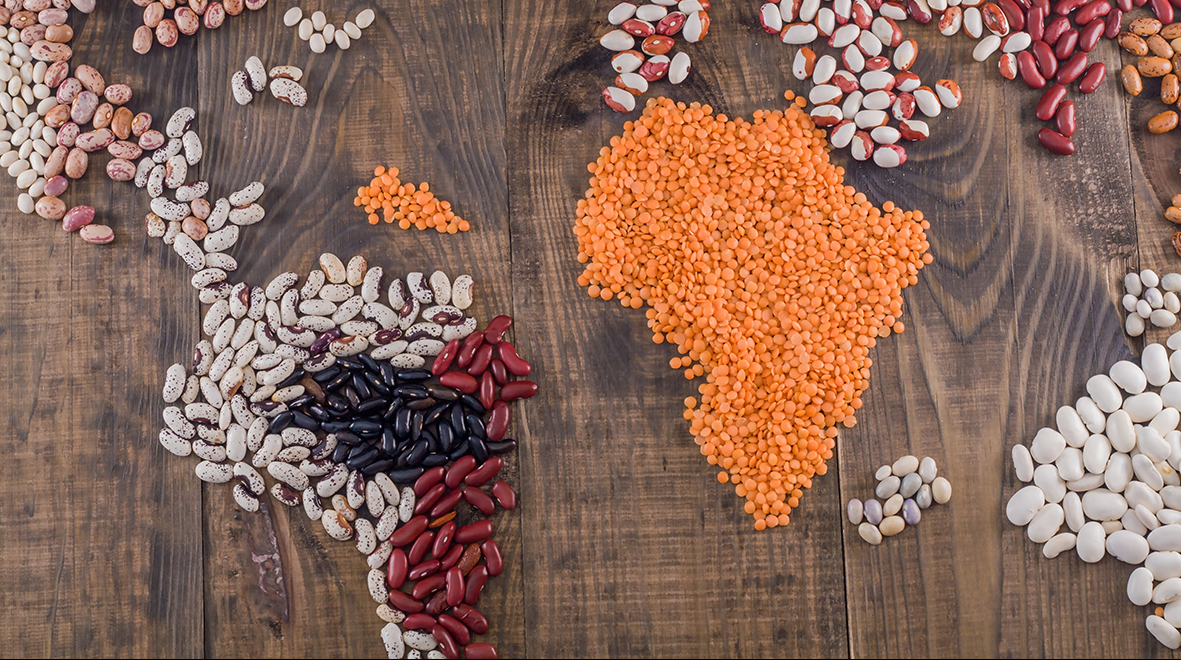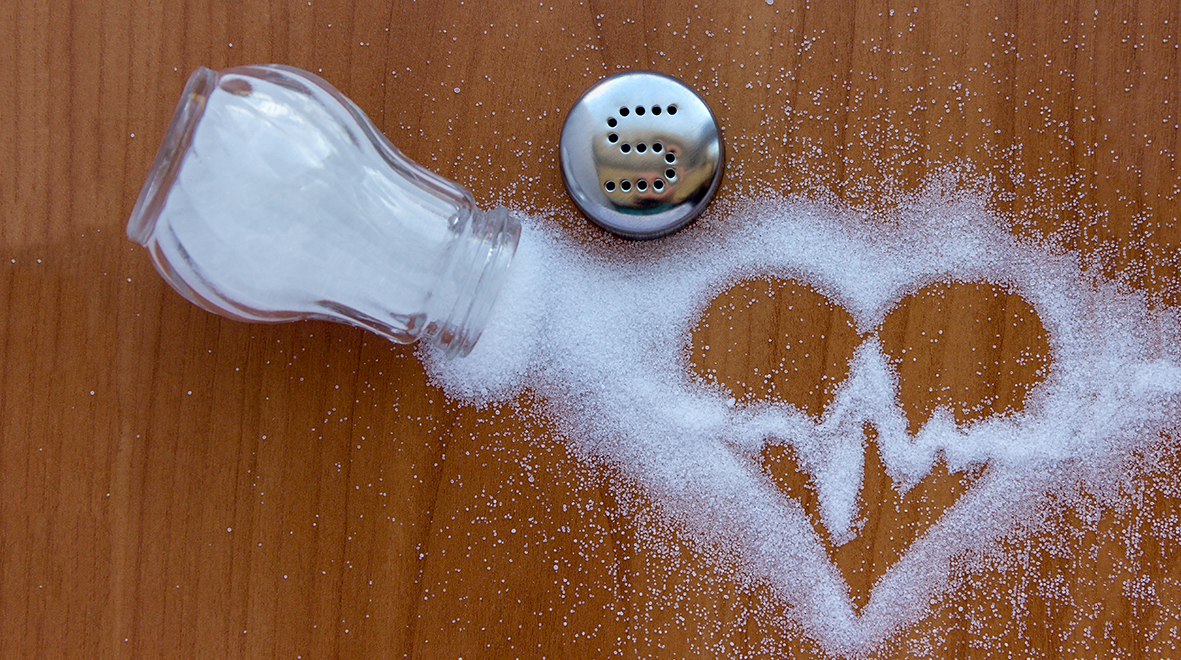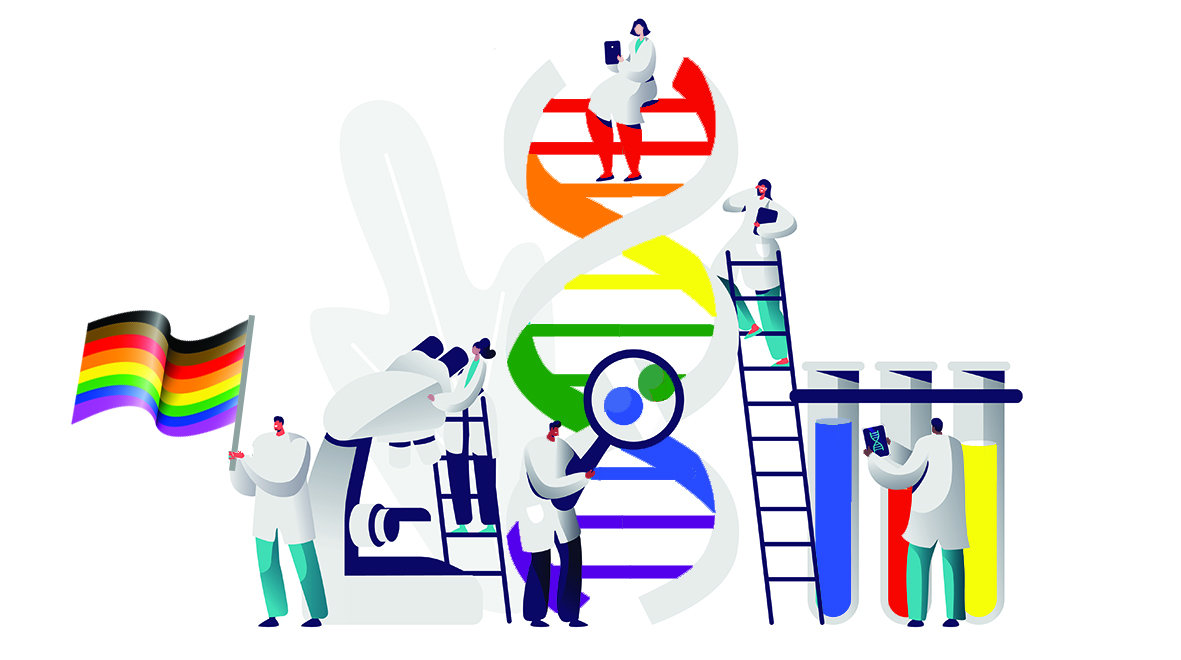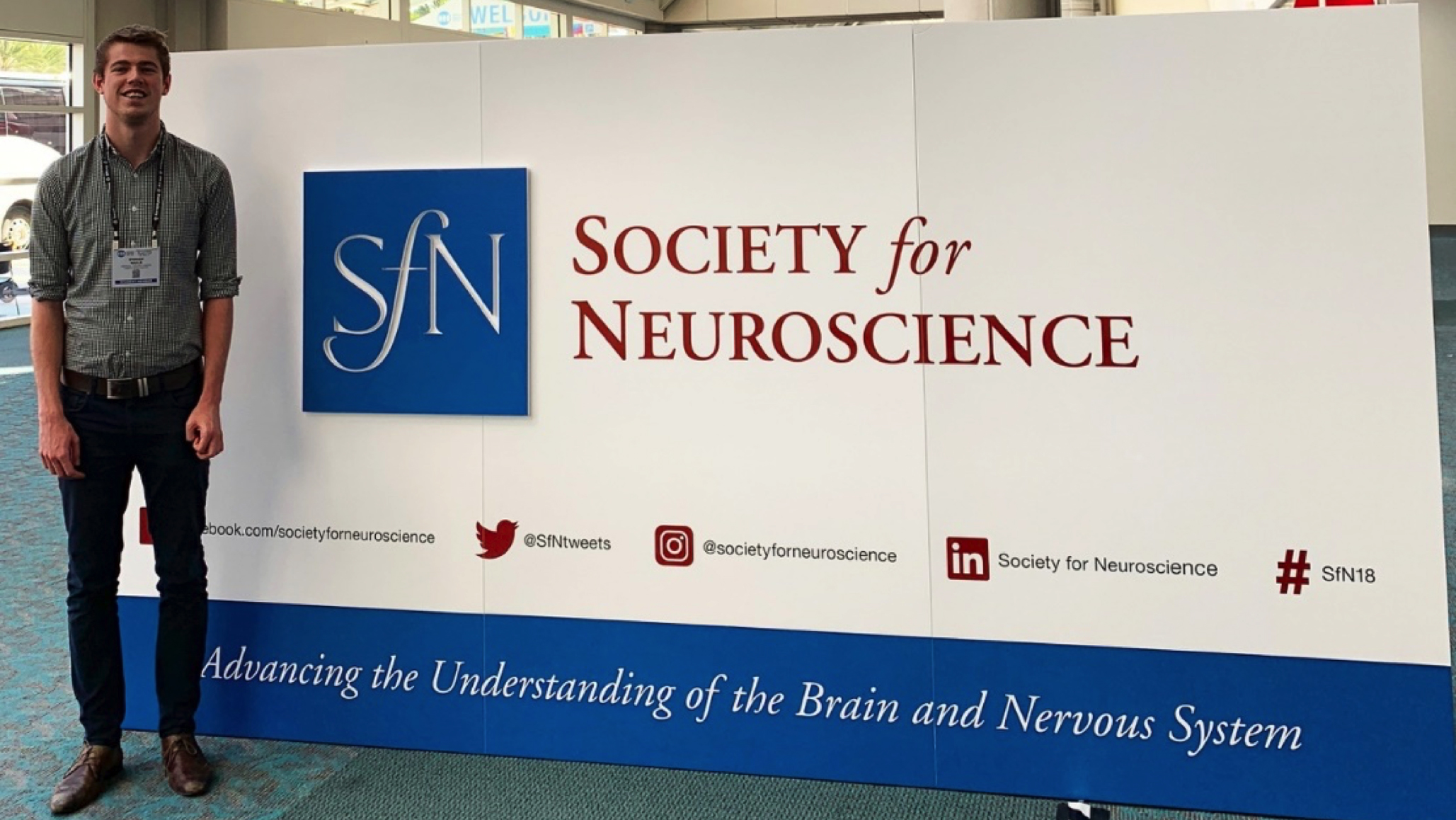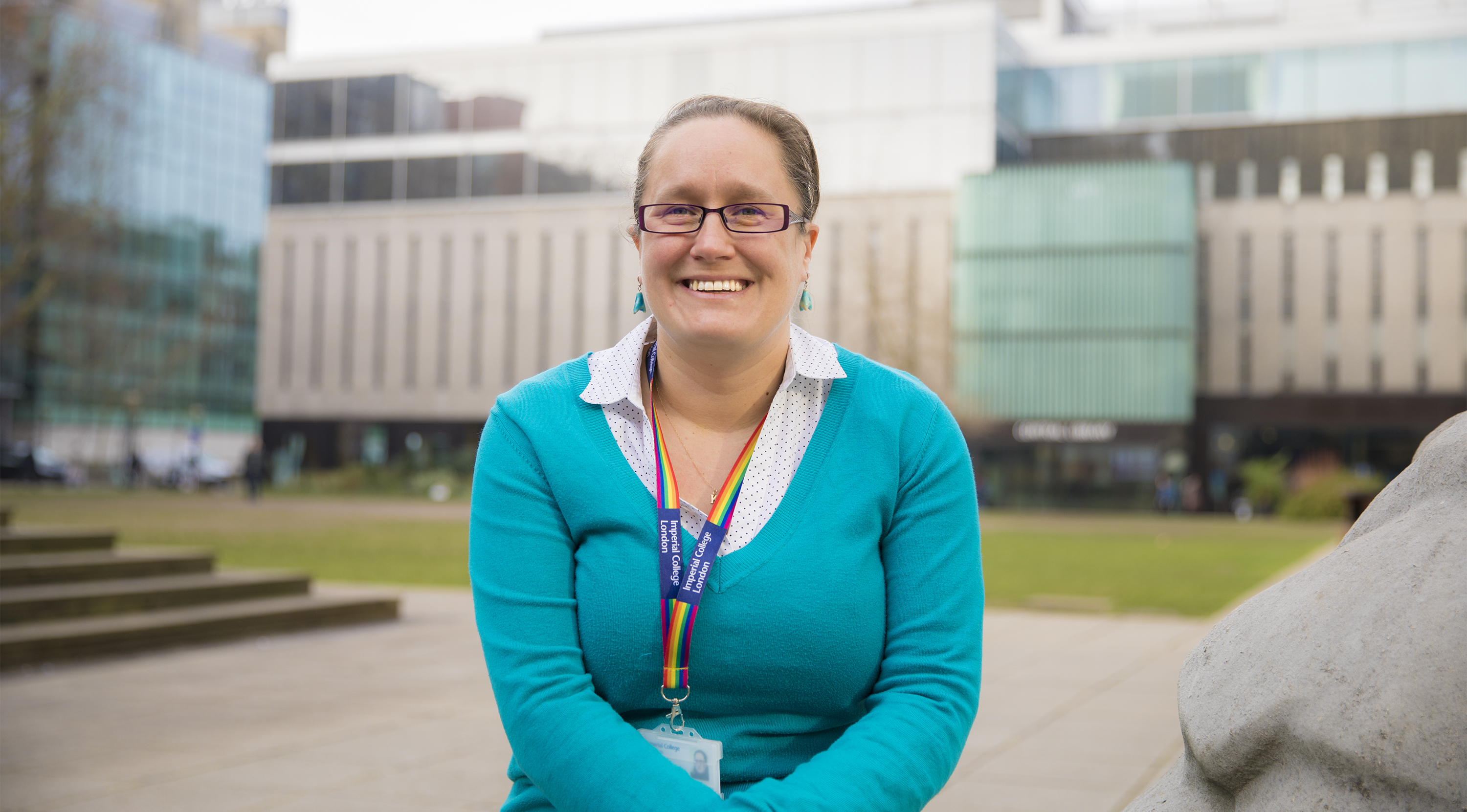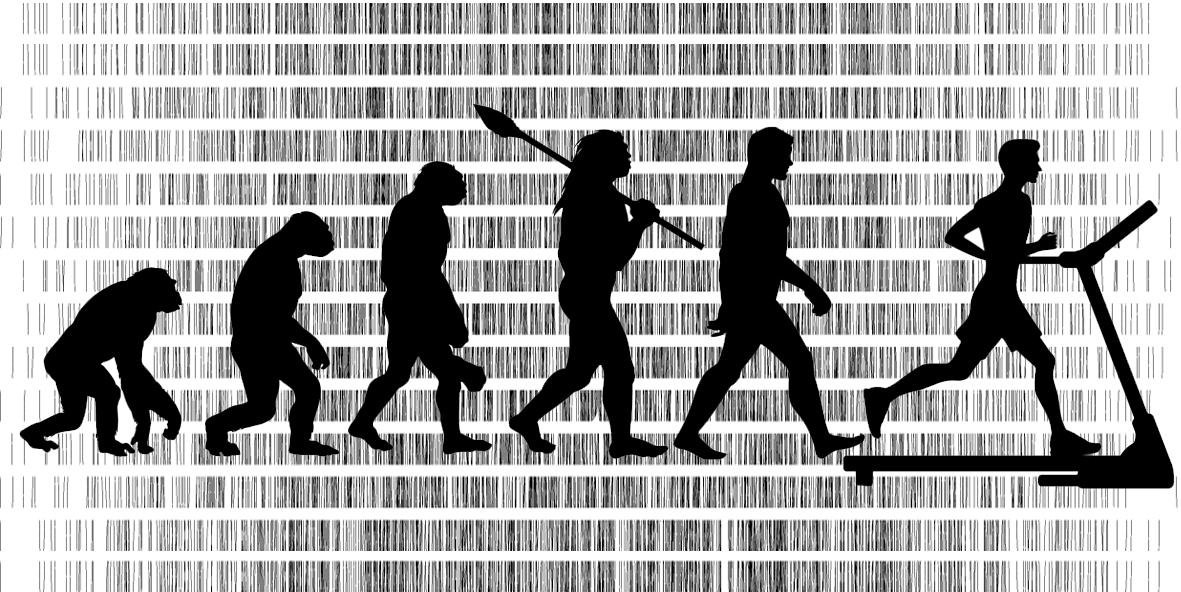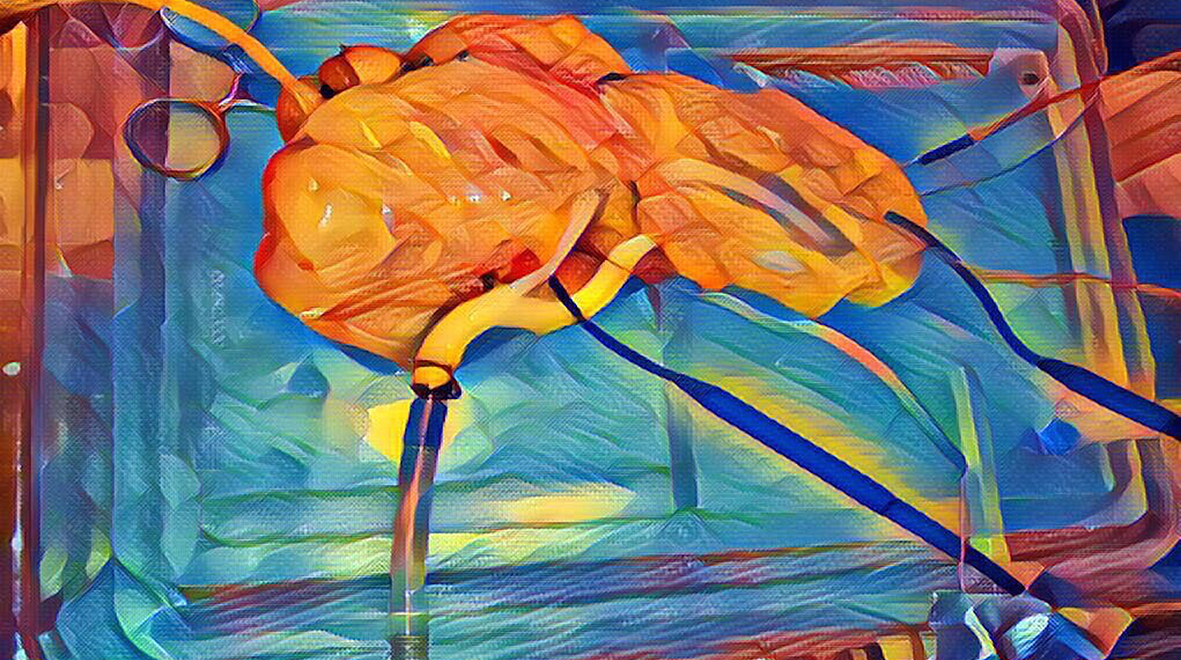Life as a postdoc: why I personally couldn’t imagine doing anything else
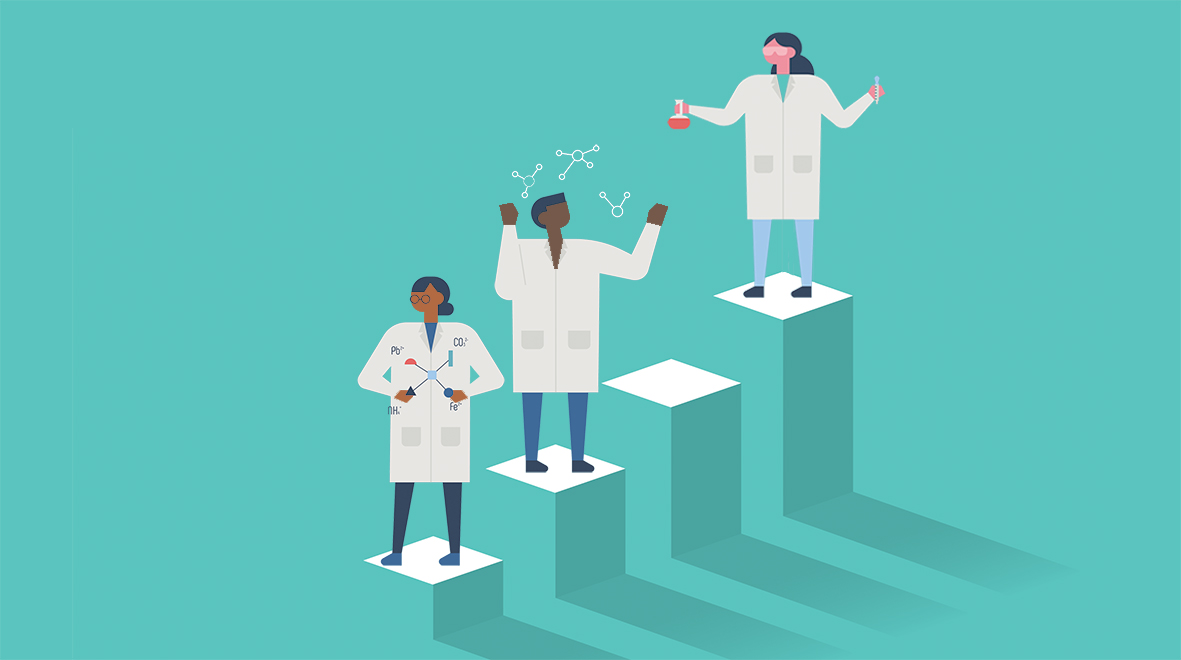
Dr Elaine Fuertes provides an insight into the perks of being a postdoc, from international travel to independently developing research with potentially important public health impacts.
“Only a tiny proportion of you will become university professors” – a statistic every postdoctoral researcher has heard, and the vast majority of us choose to ignore. Indeed, despite the increasing awareness and acknowledgement that the large majority of postdocs will end up pursuing one of the many other available career paths open to this highly trained and ambitious workforce, as recently discussed during the 2019 National Heart and Lung Institute Postdoc Day, many of us cling on to what we know to be a highly implausible outcome – landing a tenured position.
I’ve often been asked – why do I do it? Why continue down this career path, one that many of my friends and family see as living in a perpetual state of “student life”. It is indeed a question I have often reflected upon, especially as I am not presently, nor have I ever been, a “die-hard must become a Professor” type of person. So why persevere? What drives me? Why do I continue to be fully inspired and motivated by a career path that entails so much uncertainty? (more…)

